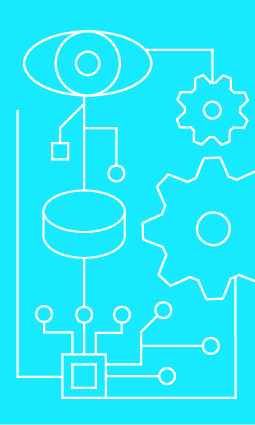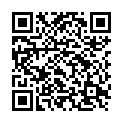|
|
|
| Module code: MST2.SYS1 |
|
|
2V+2U (4 hours per week) |
|
4 |
| Semester: 4 |
| Mandatory course: yes |
Language of instruction:
German |
Assessment:
Composition (no grade)
[updated 06.11.2020]
|
E2402 (P211-0130) Electrical Engineering and Information Technology, Bachelor, ASPO 01.10.2018
, semester 4, mandatory course, technical
MST2.SYS1 (P231-0080) Mechatronics and Sensor Technology, Bachelor, ASPO 01.10.2019
, semester 4, mandatory course
MST2.SYS1 (P231-0080) Mechatronics and Sensor Technology, Bachelor, ASPO 01.10.2020
, semester 4, mandatory course
|
60 class hours (= 45 clock hours) over a 15-week period.
The total student study time is 120 hours (equivalent to 4 ECTS credits).
There are therefore 75 hours available for class preparation and follow-up work and exam preparation.
|
Recommended prerequisites (modules):
None.
|
Recommended as prerequisite for:
MST2.DRS
MST2.PSYS Lab Course: Systems Theory and Control Engineering
MST2.SYS2 System Theory and Control Engineering 2
[updated 13.10.2021]
|
Module coordinator:
Prof. Dr. Benedikt Faupel |
Lecturer: Prof. Dr. Benedikt Faupel
[updated 01.10.2020]
|
Learning outcomes:
After successfully completing this course, students will be able to describe and apply basic concepts and mathematical methods for the assessment of elementary transmission systems. They will be able to analyze the time and frequency behavior of continuous transmission systems and apply them to control loop structures. They will be able to determine the influence of varying controller parameters on the time behavior in control loops and evaluate them using case studies with simulation models.
[updated 06.11.2020]
|
Module content:
1. Introduction to systems theory
Definitions / Standards and nomenclature / LTI systems / SISO systems / MIMO systems / Signal flow charts
2. Applying the Laplace transform and algorithms
3. Basic transfer functions
Differential equations and transfer functions / pole-zero distribution / Nyquist plots and Bode plots / time response in form (impluse and step response)
4. Standard transfer elements (P, I, D, PT1, PT2, PTn, IT1, IT2, ITn, DT1, DT2, dead-time element, all-pass element, lead and lag-element)
5. Control systems
Open loop control system / control transfer behavior / time behavior in control systems
6. Stability
Definition of stability / algebraic stability criteria (Hurwitz-Routh criterion) / simplified Nyquist criterion in the locus curve representation and in Bode plots
7. Static and dynamic behavior of control systems
Description of control loop elements / disturbance and control behavior / 2nd order systems / stationary accuracy / variation of control parameters
8. Examples of technical applications and their simulation with Matlab/Simulink
Creating signal flow plans / setting up and solving differential equations / determining the time response
[updated 06.11.2020]
|
Teaching methods/Media:
Presentation, blackboard, lecture notes
[updated 08.01.2020]
|
Recommended or required reading:
Braun, Anton: Grundlagen der Regelungstechnik, Hanser, 2005
Dorf, Richard C.; Bishop, Robert H.: Moderne Regelungssysteme, Pearson, 2006, 10. Aufl.
Föllinger, Otto: Laplace- Fourier- und z-Transformation, VDE, (latest edition)
Föllinger, Otto: Regelungstechnik, VDE, (latest edition)
Lutz, Holder; Wendt, Wolfgang: Taschenbuch der Regelungstechnik, Harri Deutsch, (latest edition)
Schulz, Gerd: Regelungstechnik, Oldenbourg, (latest edition)
Unbehauen, Heinz: Regelungstechnik, Vieweg + Teubner, (latest edition)
[updated 06.11.2020]
|


